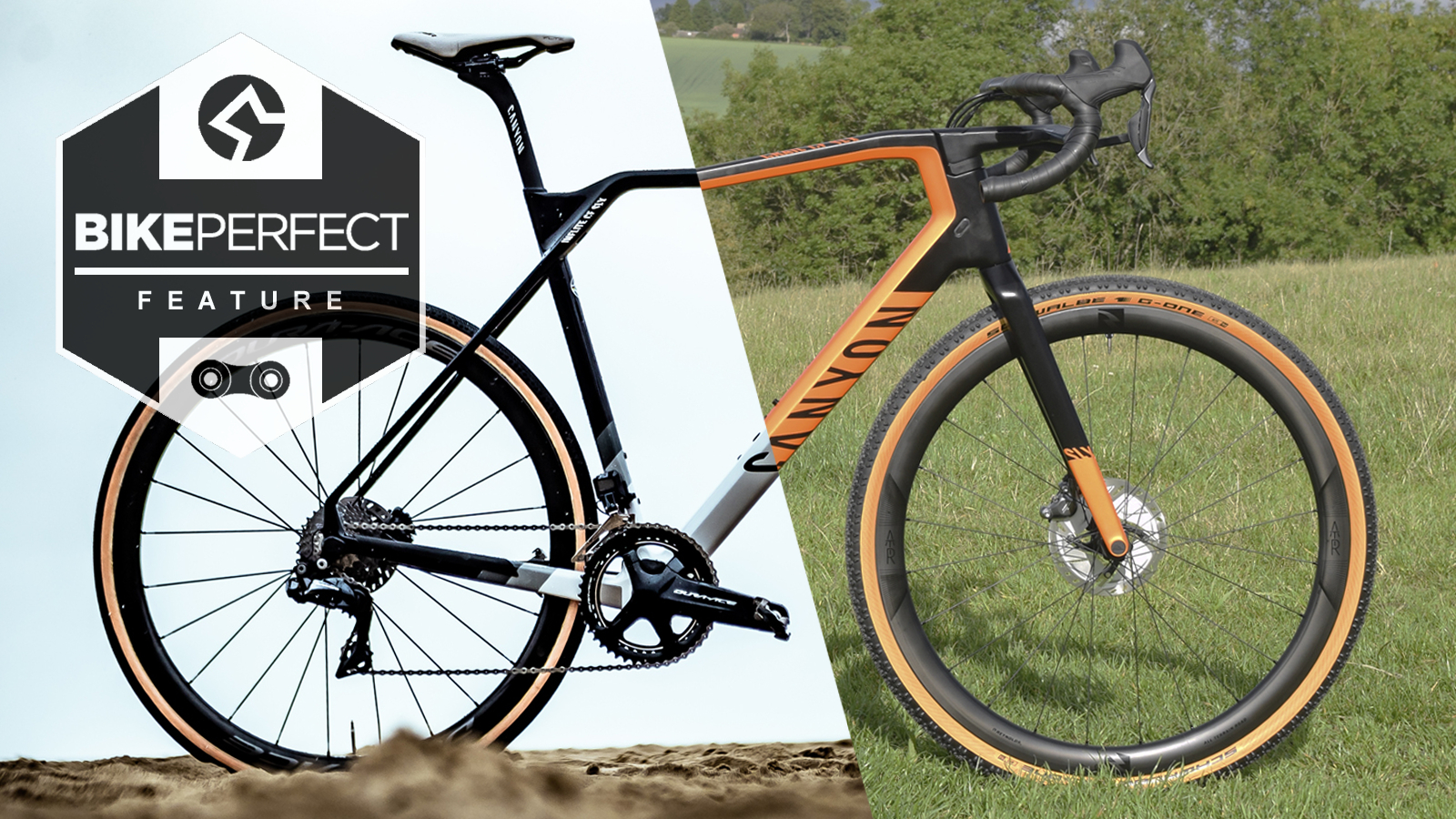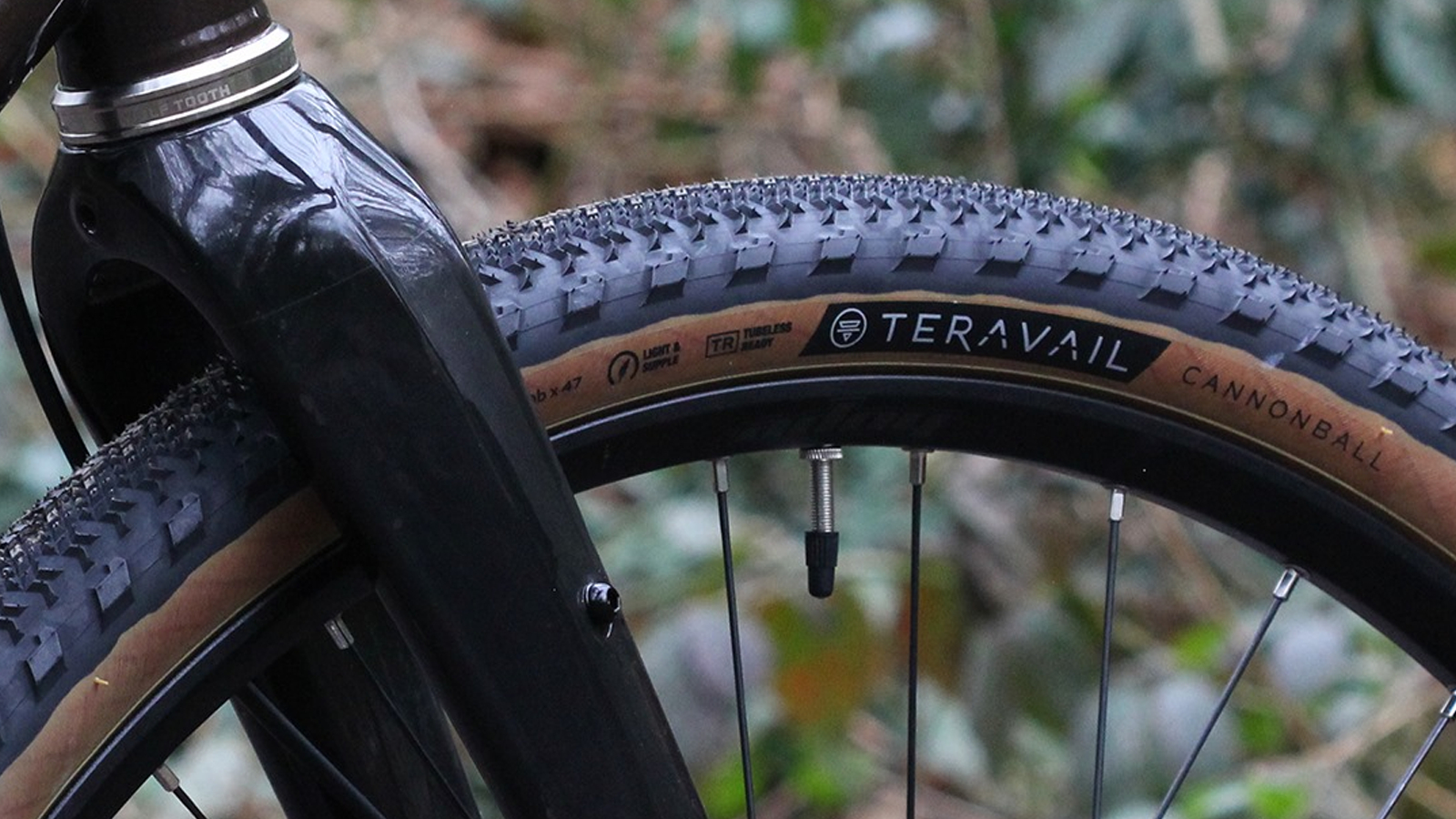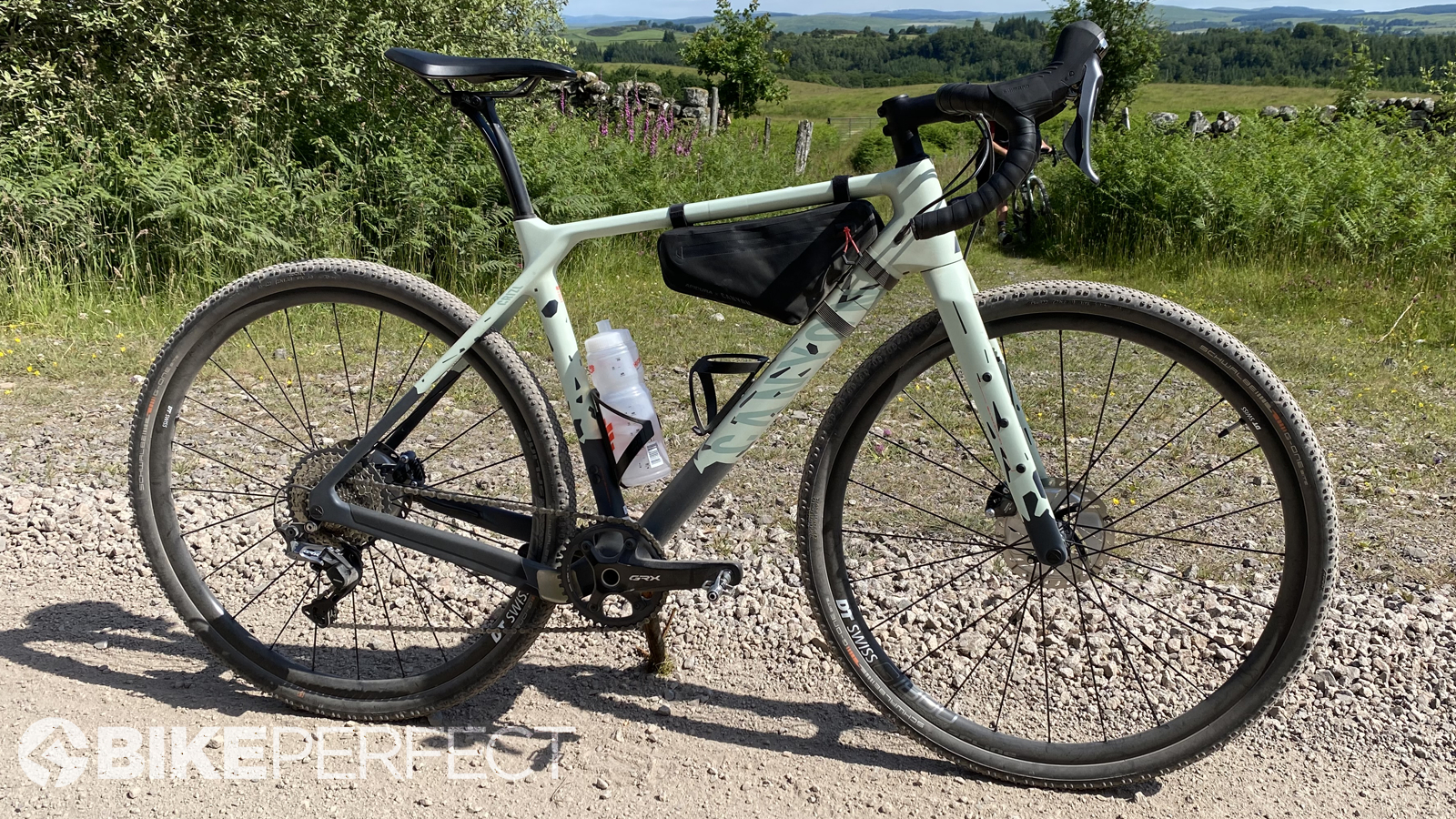Gravel vs cyclocross bike: Understanding the differences
Gravel and cyclocross bikes look remarkably similar. But there are very real differences between these two all-terrain riding options

Off-road cycling has changed a lot in the last few years. The appeal of multi-terrain adventure riding has diversified the way that long-distance riders view their off-road frame choices.
To many, a lightweight mountain bike might be the epitome of off-road cycling efficiency, but in many environments, the best gravel bikes or cyclo-cross bikes are even faster.
But what is the difference between a gravel and a cyclo-cross bike, which both look so similar? Both look a lot like road frames with slightly bigger tires, but the nuances in specification and design are many.
Fundamentally, the categorization between gravel and cyclo-cross bikes has a lot to do with their terrain purpose. Gravel bikes are made for covering long distances on gravel roads.
Cyclo-cross bikes are designed for short-circuit cyclo-cross racing on muddy hillsides. Courses feature steep ups and downs, with some awkward obstacles and tight corners. Therefore, cyclo-cross bikes are designed to be very nimble and easy to dismount, carry and run with.

Muddy afternoon sprints - or a weekend away?
To navigate the deep ruts, obstacles, short explosive climbs and tight 180 degree bends of a typical cyclo-cross track, cyclo-cross bikes have a higher bottom bracket, shorter chainstays and relatively steep angles for sharper handling. Cyclo-cross bikes are built for lightness, so there are rarely mounts for mudguards or bags, and they are easy to lift and run with, but they are primarily race bikes so they aren't optimized for all-day comfort.
By contrast, the gravel bikes are designed with longer chainstays, larger reach and slacker head angles to ride with superior stability. Gravel bikes will often feature more compliance and comfort-orientated features too, whether that be flexible seatposts or full-on suspension systems.

Tire clearance and size
Terrain dictates bike purpose and the most significant difference brought on by terrain is often tire choice.
Think of the difference between a summer and winter tire on a conventional trail bike. A spiked winter tire will have a narrow profile while a summer tire will be considerably wider.
The same logic applies to cyclo-cross and gravel bikes. Over the last decade, the best gravel bike tires have been getting bigger, enabling lower pressures and better grip and comfort on rocky loose surfaces.
For mud riding, you don’t want flotation as it will struggle for grip in deep wet mud. Narrower casings cut through the surface layer of mud, enabling a wheel to find the available grip below. That’s why cyclo-cross bikes aren’t designed for ultrawide tires. The frames do have generous clearances but this is for mud rather than rubber.
The other tire size issue is regulatory. Official cyclo-cross races are mandated by the UCI, to a maximum tire size of 700x33c so cyclo-cross bikes are rarely specced with tires any larger.
Gravel bikes have seen a strong move to tires in the 700x45c size. Much bigger than what you’d use at a cyclocross race. Why? Because they provide a comfier ride and better braking performance, especially for a bike laden with bikepacking bags.

Frame features
The next feature of distinction between cyclo-cross and gravel bikes is the ability to carry loads and attach accessories.
Cyclocross races aren’t long, few of them are beyond an hour and a half in duration. With regular access to service pits on each short lap, you don’t require to carry much water or any tools. Most racers who suffer a puncture or mechanical during a cyclo-cross race will simply swap their bike or a wheel when they reach the service area.
That means there is no requirement for frame bags and mounting points on cyclo-cross bikes. On gravel bikes, it’s very much the opposite. The gravel riding experience is about ranging out on more adventurous routes. Whether it's all-day epics or multi-day bikepacking adventures, the nature of the terrain could mean resupply points are few and far between so there is a requirement for self-sufficiency. Gravel bikes usually have frame, fork and seatstay mounts, to carry water bottles and bikepacking bags with tools, spares and food.
Beyond the mounting points, gravel frames are also a bit more structurally robust to tackle fast rough descents and to carry the additional weight. There is a strong utilitarian culture around gravel biking too so they will often feature mounts for mudguards or racks as well.

Cockpit width and component choice
Although both cyclo-cross and gravel bikes are equipped with drop handlebars, the geometry and sizing are different. Again, fit for purpose – literally.
Gravel bikes often carry additional lights, head units and bike bags on the handlebar. That necessitates the need for the best gravel handlebars to be wider. Then there are those radically flared ends, to give you a bit more steering leverage and stability when speeding down a loose gravel road.
In contrast, during a cyclo-cross race you want very direct steering responses and a cockpit narrow enough to not bump bars with a rival when bunching into a hairpin turn. Cyclocross racing courses often feature very tight 180-degree corners. After the first lap, there is usually one dedicated racing line, which everyone starts following. And in such conditions, you want a narrower handlebar, to prevent bumping and a potential crash.
There are some other component differences beyond the handlebars. Gravel bikes are seeing the addition of short dropper posts for more clearance when descending while cyclo-cross bikes are still using exclusively rigid posts. Gravel bikes also use wide tubeless rims compared to narrower cyclo-cross rims, and some cyclo-cross bikes still use tubular rim and tire setups.
Gearing is also a bit different too. As gravel bikes will face a broad spectrum of terrain in one ride, they will often have a wider range of gears. Cyclo-cross gearing is far more specific and will often be tailored for the track that is being raced. 1x chainrings are prevalent across both bikes although you will also see the use of double chainsets too.

Verdict
Ultimately there is a lot of crossover between gravel bikes and cyclo-cross bikes, the reality is if you already own a cyclo-cross bike there is no reason you couldn't head out for a gravel adventure. Alternatively, with a tire swap, your gravel bike will happily take on a cyclo-cross race. That said, they are both specific tools, so if you are looking to get into gravel riding it's well worth opting for a gravel bike rather than a cyclo-cross bike and vice versa.

Lance Branquinho is a Namibian-born journalist who graduated to mountain biking after injuries curtailed his trail running. He has a weakness for British steel hardtails, especially those which only run a single gear. As well as Bike Perfect, Lance has written for MBR.com, Off-Road.cc and Cycling News.
